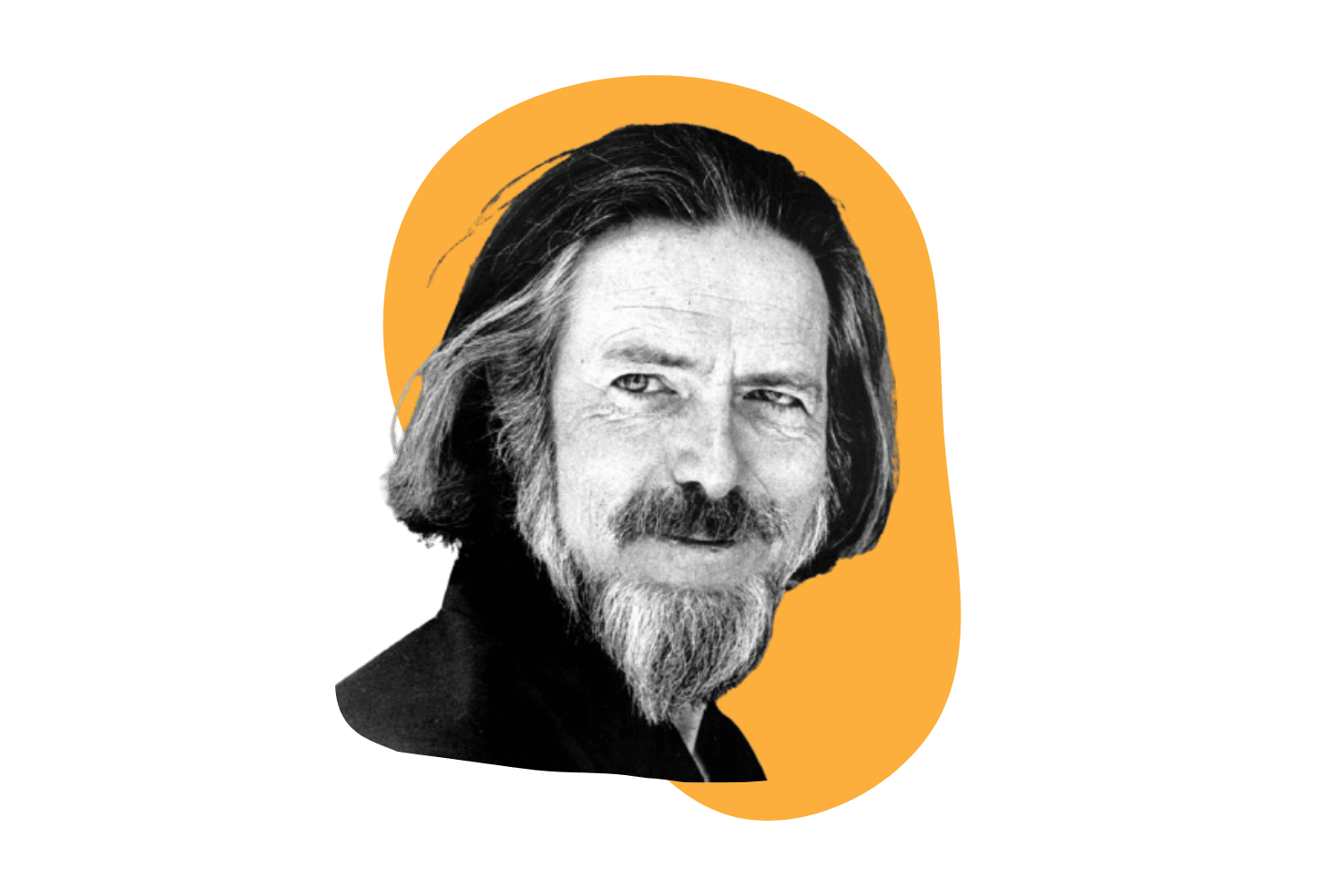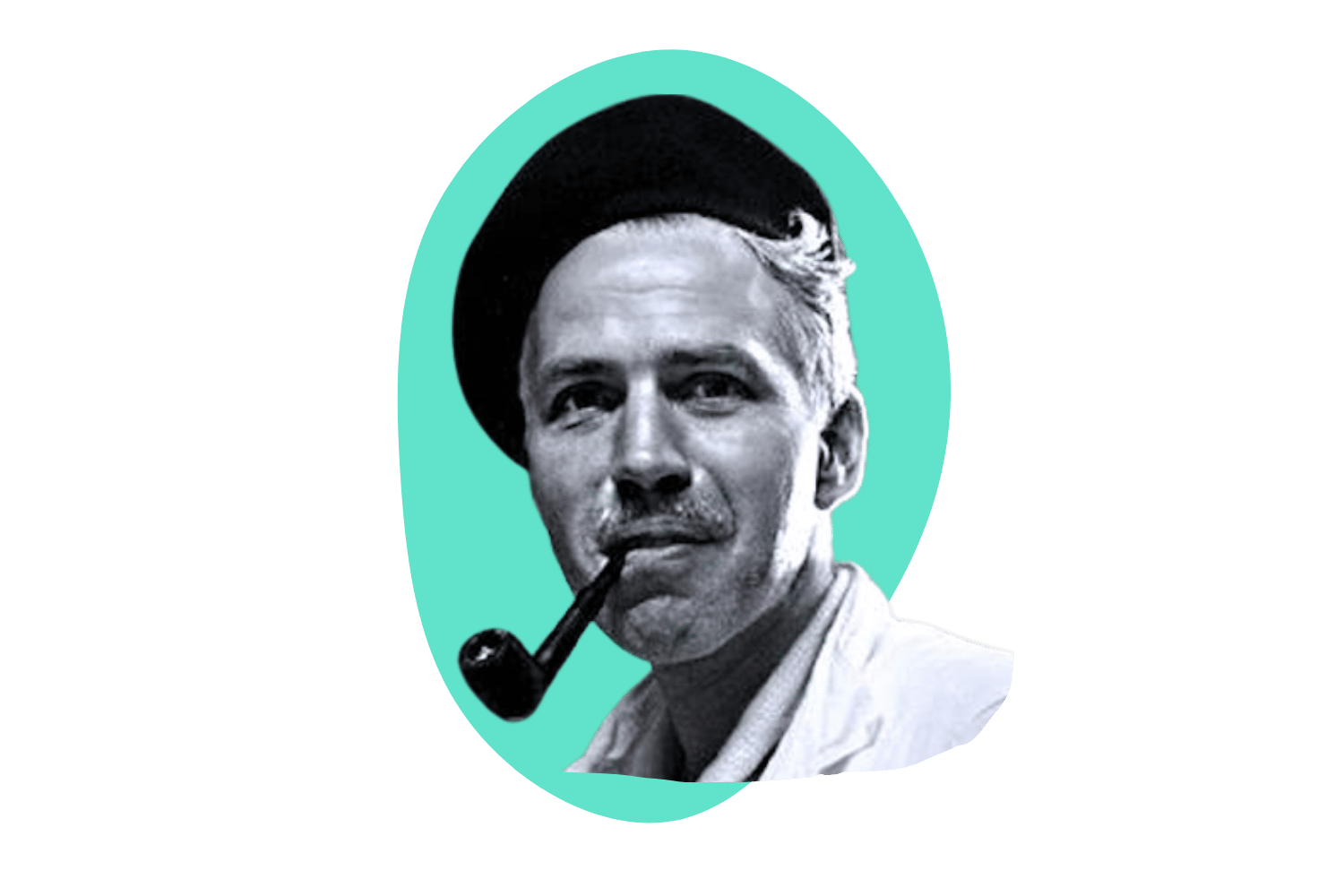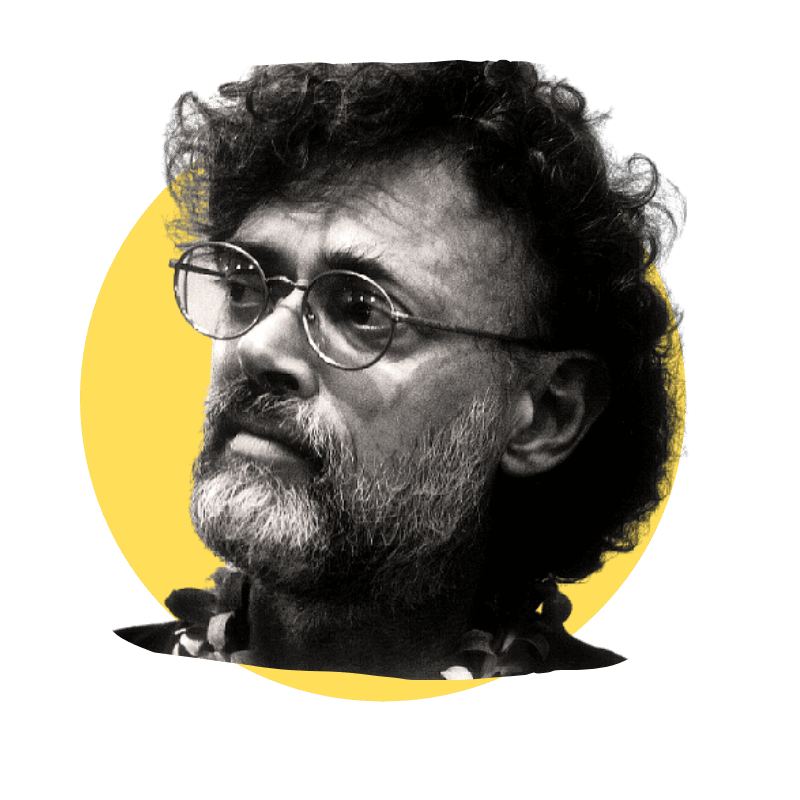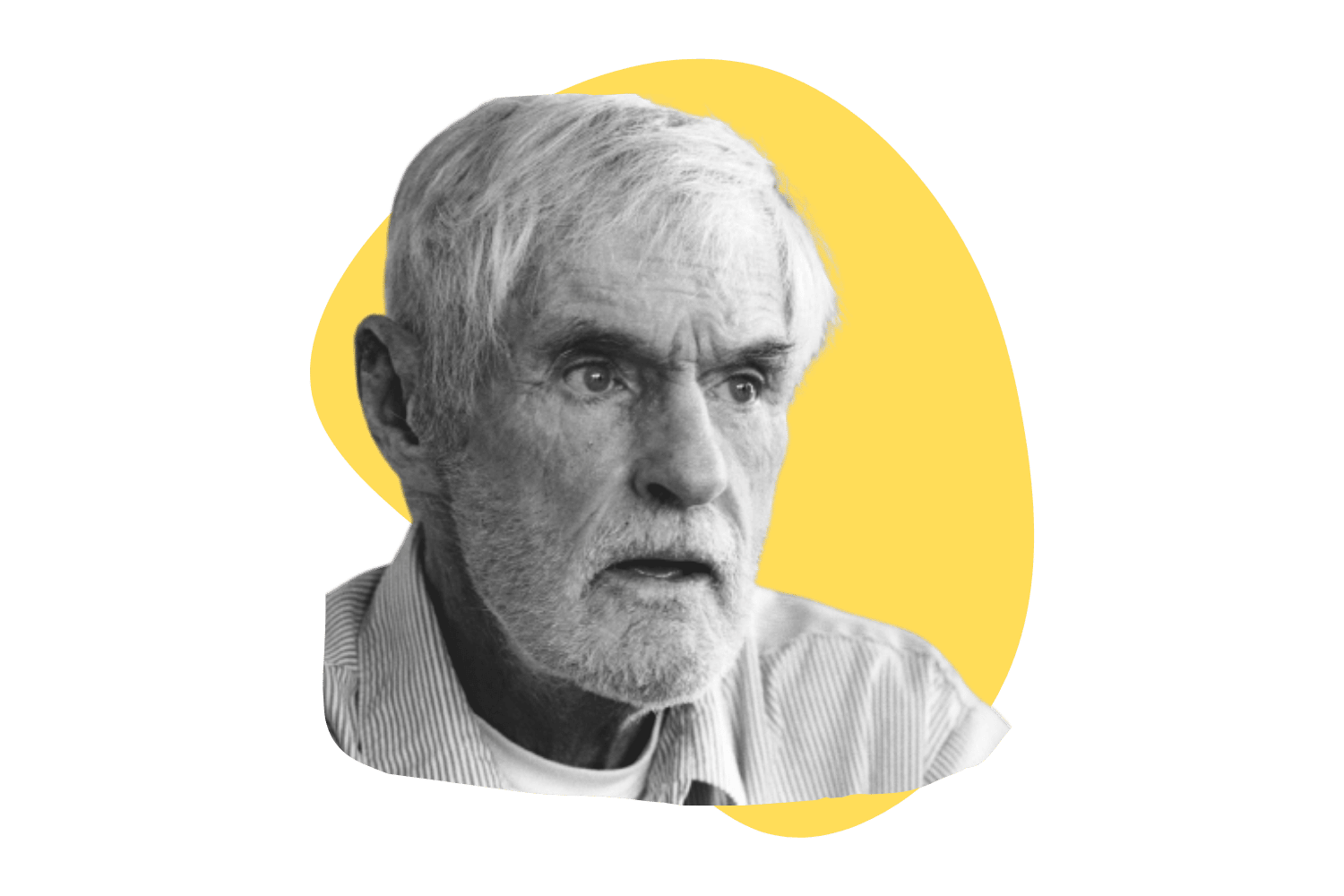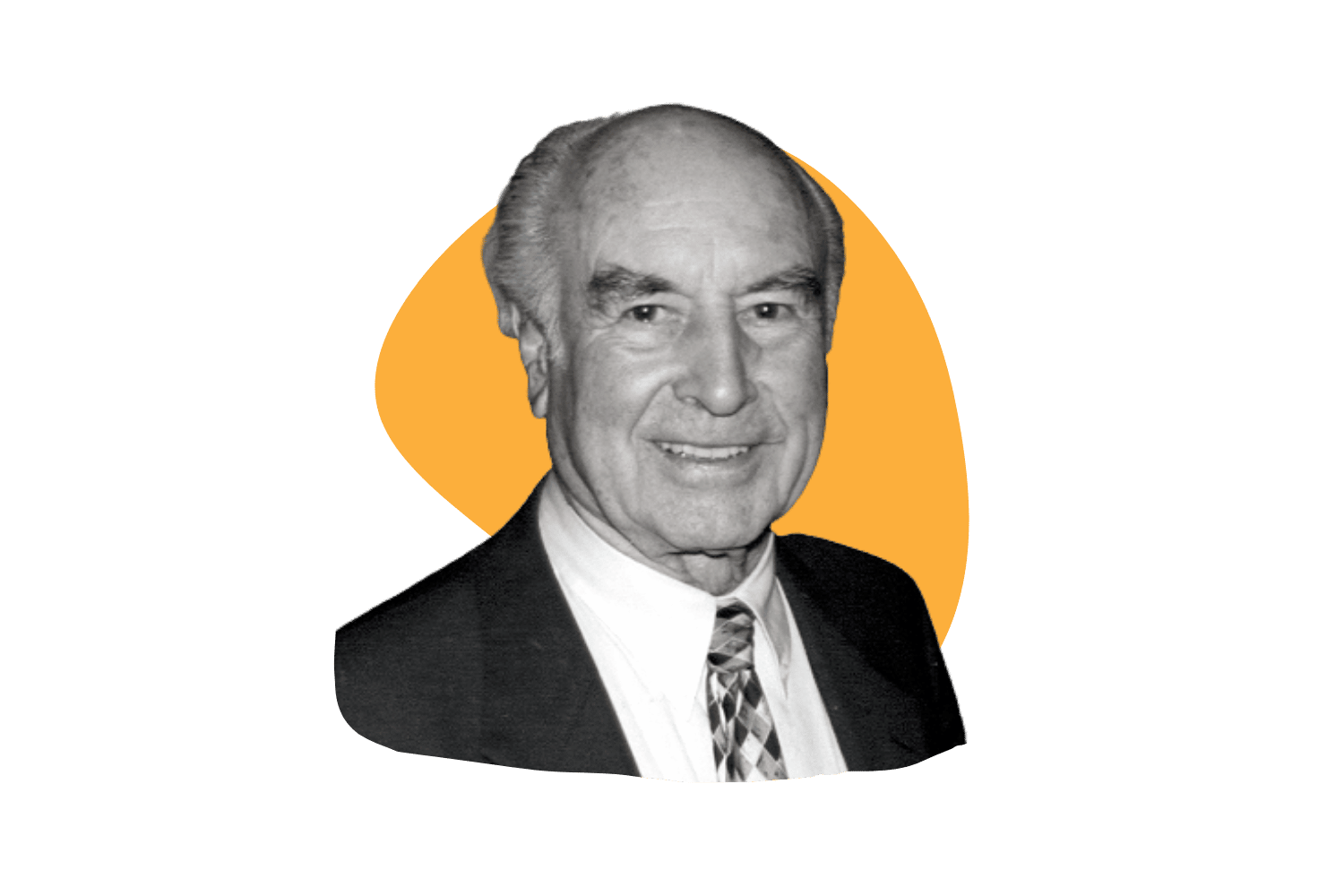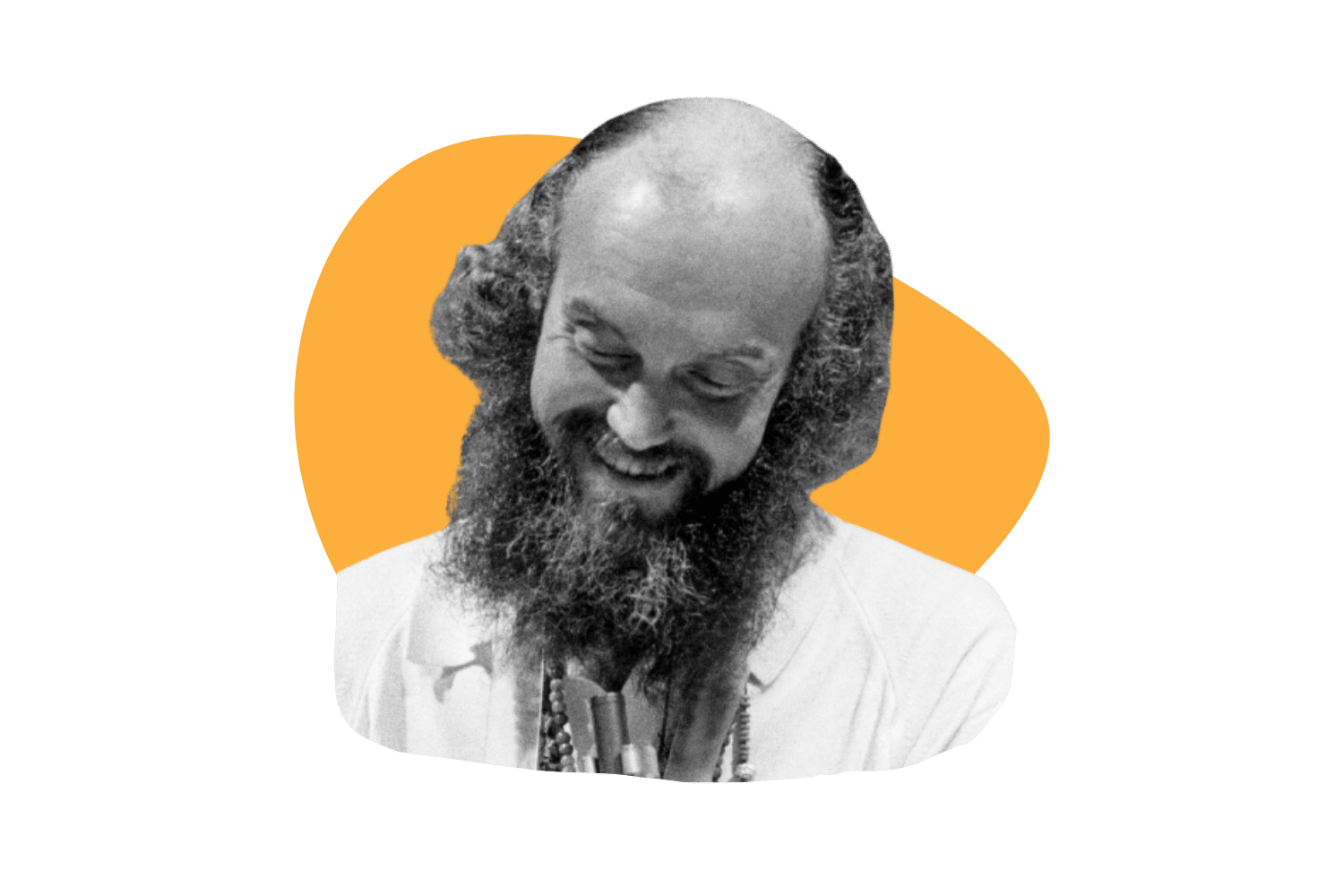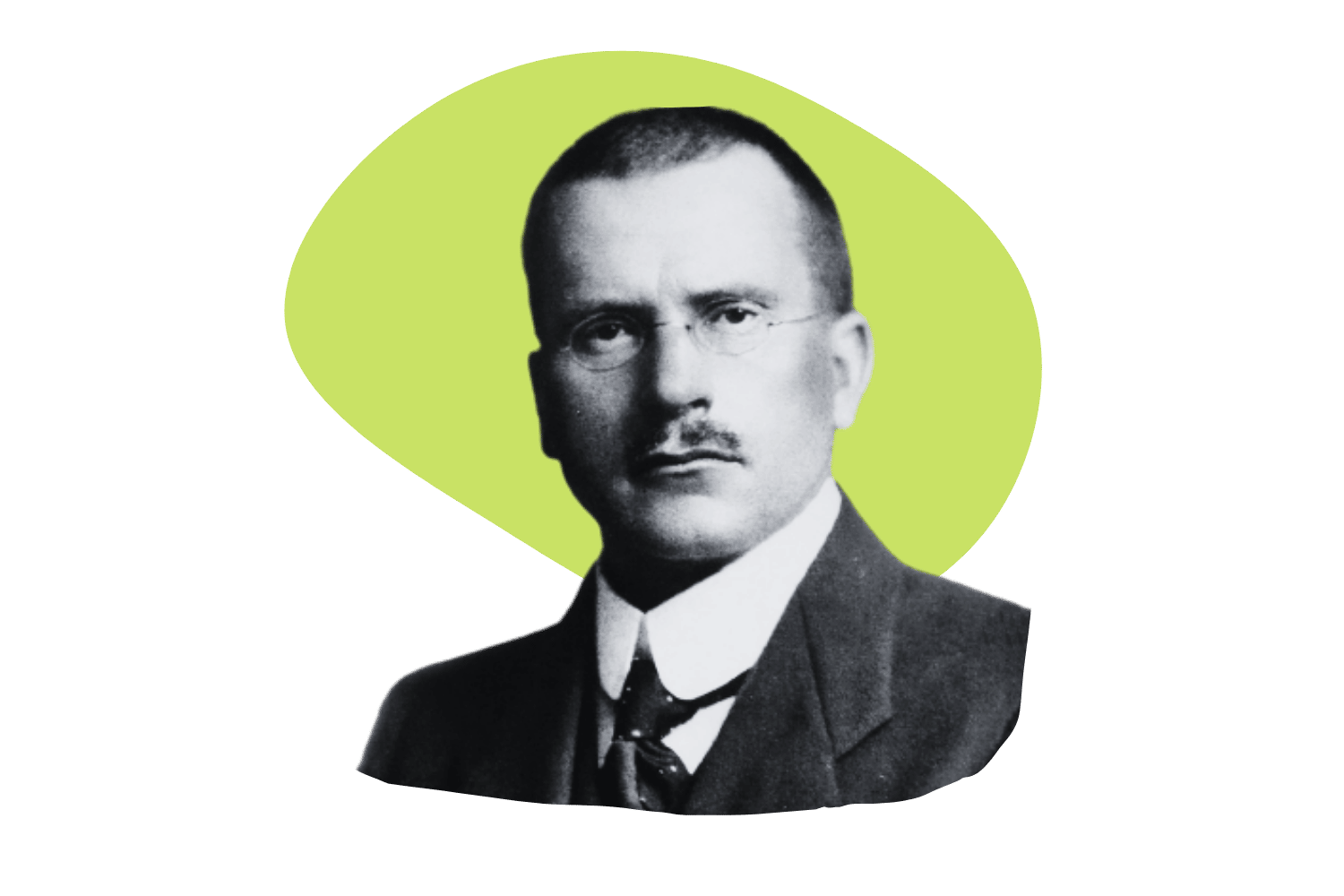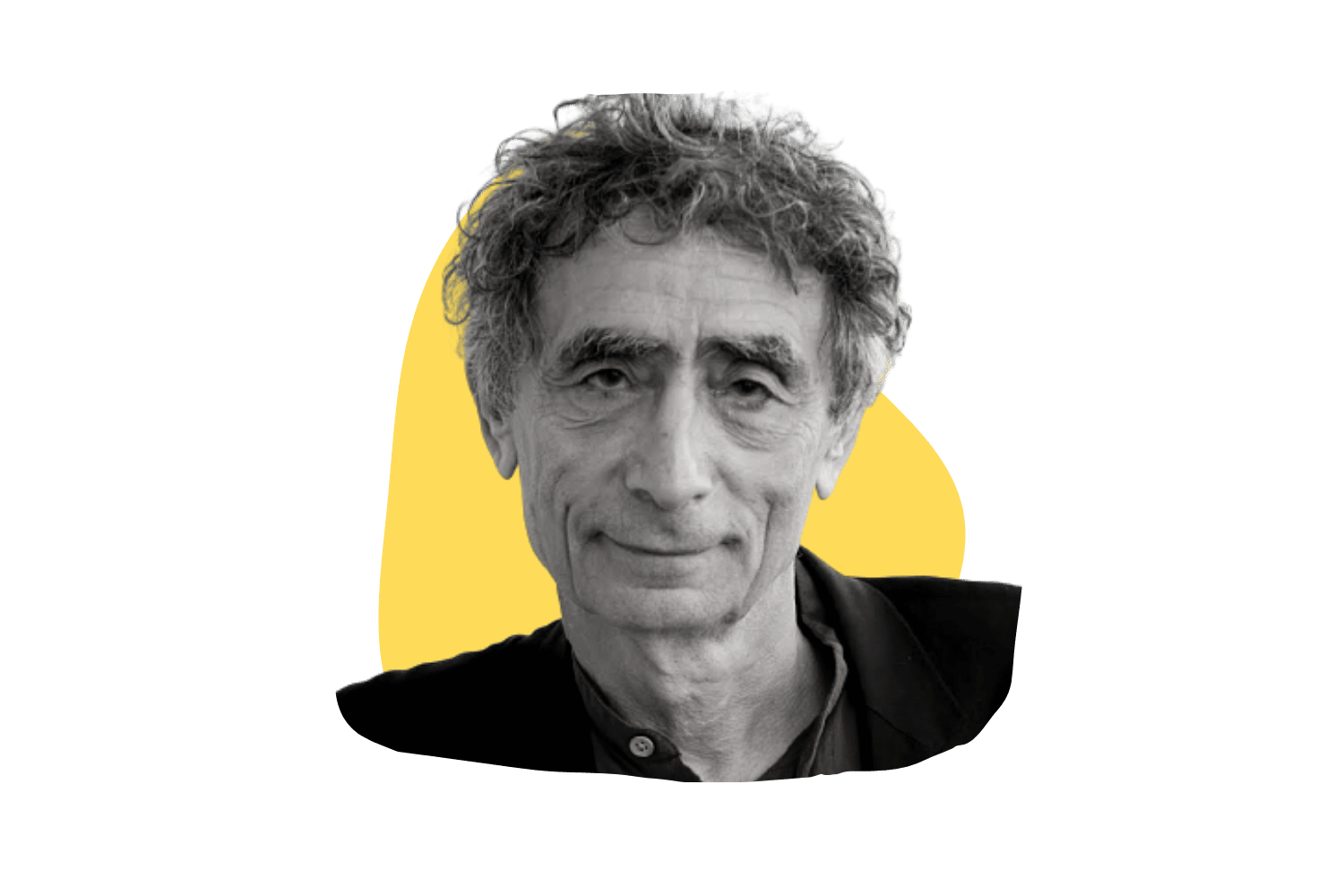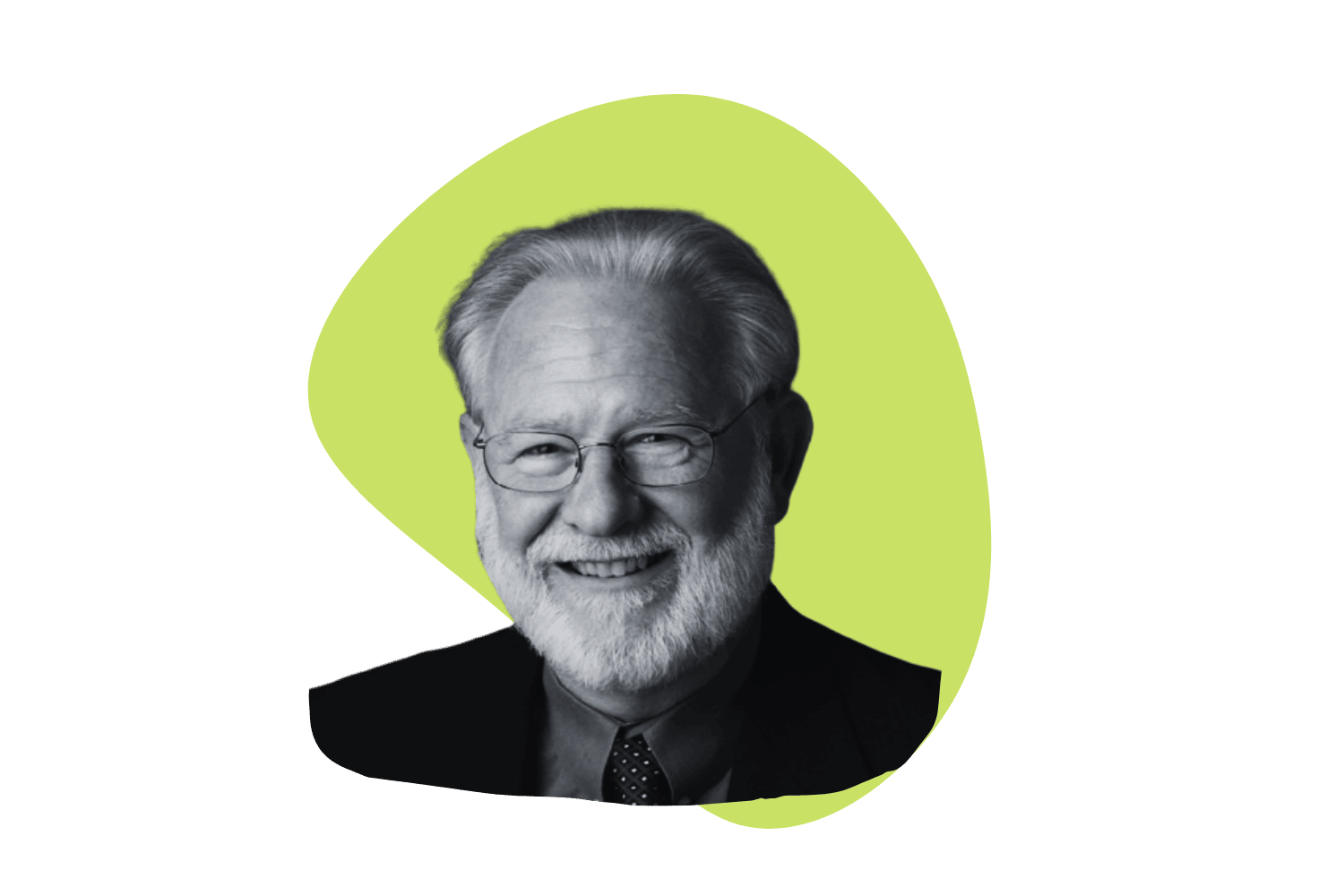Amanda Feilding, LSD Countess of The Psychedelic Renaissance
Amanda Feilding is a British aristocrat, writer, and thinker who was at the forefront of the global psychedelics renaissance.
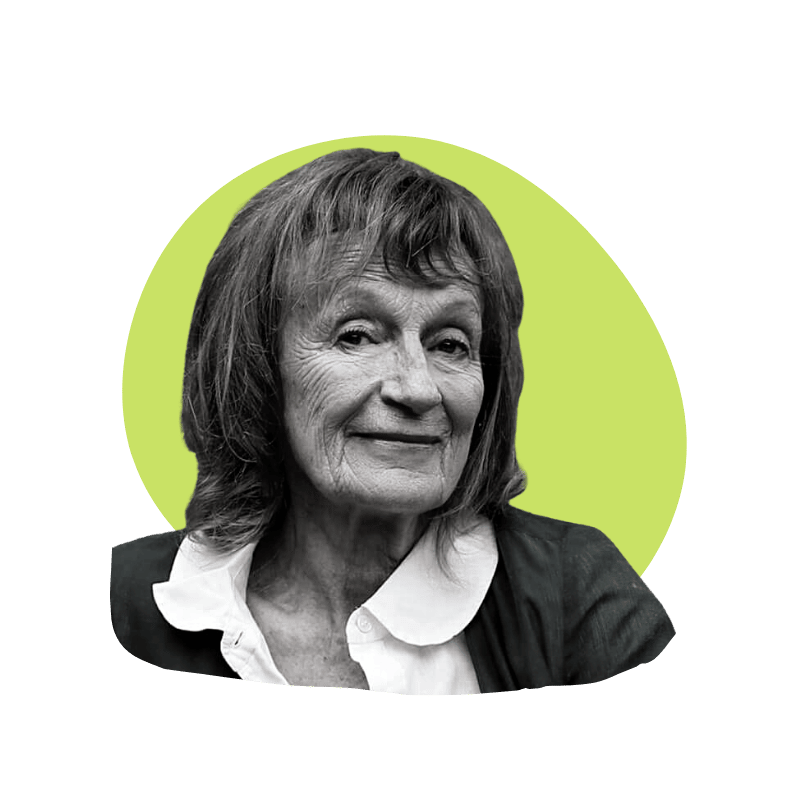
Fielding is the founder of the Beckley Foundation, a non-profit research center dedicated to exploring the potential therapeutic benefits of psychedelic substances. She also served as the director of the Institute for Psychedelic Research at Imperial College London, the first academic institution in the world to conduct trials on LSD (lysergic acid diethylamide) in over 40 years.
Feilding’s advocacy for psychedelic drug policy reform is based on her belief that these substances have extraordinary potential for promoting spiritual growth and creativity.
In a recent interview with VICE, she explained that “psychedelics can help us have mystical experiences, which can be beneficial for individuals and society as a whole.” She added that psychedelics could be used to “enhance creativity in fields such as science, art, and technology.”
Despite her impressive resume, Feilding is perhaps known for her eccentric persona and sharp wit. In an interview with The Guardian, she quipped that she “[doesn’t] take drugs to get high—[she] takes them to get work done.”
This type of irreverent humor has garnered her the titles of “Queen of The Psychedelic Renaissance” and “Acid Countess.”
In this article, we’ll explore the life and work of Amanda Feilding in the psychedelic research space.
| Birth & Death | 1943-present |
| Occupation | Neuroscience researcher, drug policy reformer, Countess of Wemyss, and March |
| Nationality | British |
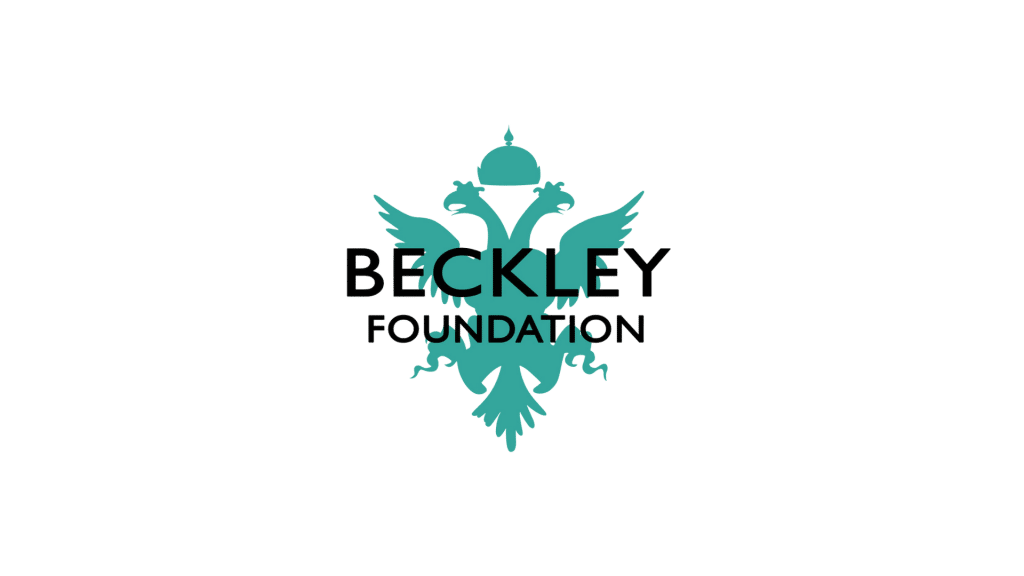
The Early Life & Career Of Amanda Feilding
Amanda Feilding was born in England on January 30, 1943, into the British aristocracy. The Feilding family are descendants of the House of Habsburg, which was a prominent royal house in Europe throughout the 11th–20th centuries. Her father, Basil Feilding, was the great-grandson of the Earl of Denbigh and the Marquess of Bath.
Feilding recalls living on the family estate as “impoverished aristocrats” as her family barely had enough money to keep the manor heated. At a young age, she developed an interest in art, spirituality, and different states of consciousness. Her father was a painter and her “main intellectual influence.”
She left school at the age of 16 because the schools wouldn’t give her access to literature on mysticism and Buddhism. As a self-professed bohemian, she ventured off to the East in search of enlightenment. After her travels, she returned to the United Kingdom to study Comparative Religions and Mysticism.
A key turning point in her young life was experimenting with LSD at 22, which compelled her to dive deeper into how one could reach altered states of consciousness through psychedelic drugs.
While she describes her first trip with LSD as a “trip to the fun fair,” she also had a frightening experience when an acquaintance spiked her coffee with a massive dose of LSD, which made her retreat back to her family estate to recover from the experience.
This was an eye-opening trip for the young Amanda Feilding, who gained a new respect for psychedelics. They had the power to inject you into a beautiful, mystical experience. Subsequently, she learned it had the potential to wreak havoc on minds when used irresponsibly.
Amanda Feilding & The Beckley Foundation For Psychedelic Science
Amanda Feilding is best known for co-founding the Beckley Foundation with her lover at the time, Bart Huges, in 1998. The Beckley Foundation is a UK-based think tank that promotes scientific investigations into psychoactive substances and consciousness.
Through the organization’s scientific research program, Feilding has collaborated with leading scientists and contributed to over 50 peer-reviewed journals. This research program accomplished groundbreaking studies on LSD, psilocybin, MDMA, and ayahuasca’s effects on the human brain using the latest advancements in neuroscience.
Over the years, the foundation has also provided training and support for scientists and clinicians interested in conducting psychedelic research.
In addition to its research activities, the foundation advocates drug policy reform. It works to educate the public about psychedelics, opening up complex conversations on drug use and breaking down stigmas.
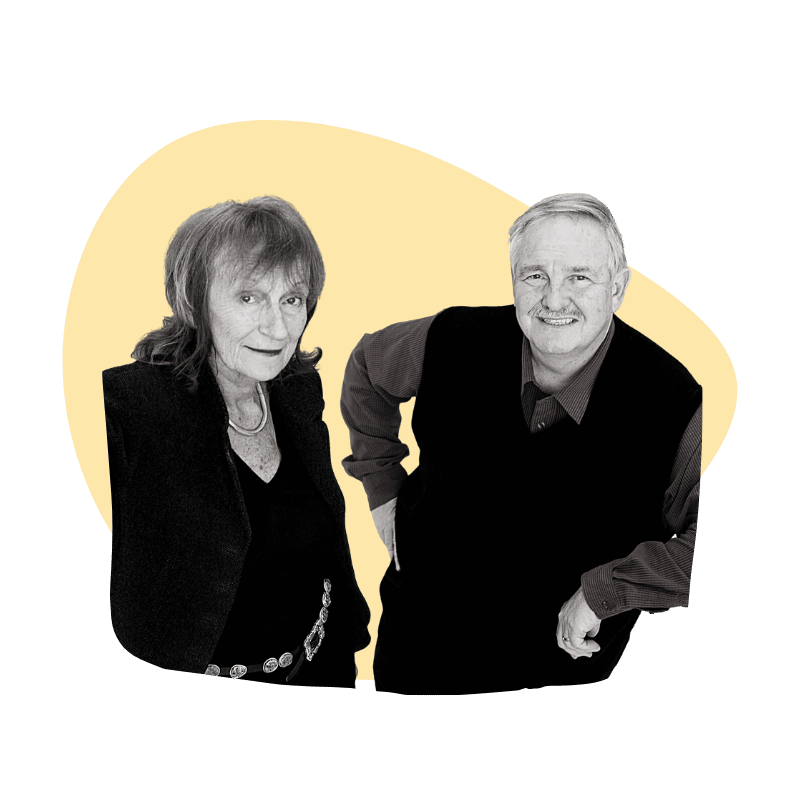
Amanda Feilding: Videos
Heartbeat Of The Brain, 1970
In 1970, Amanda Feilding was a 27-year-old woman with a mission: to find out if trepanation, the ancient practice of drilling a hole in the skull, can improve one’s, mental faculties.
Trepanation has been used for centuries as a treatment for various mental health conditions and for religious ceremonies. The idea is that drilling a small hole in the skull increases blood flow to the brain to improve brain function and access to higher levels of consciousness.
At the time, Feilding was convinced that the procedure could help her overcome her struggles with depression and anxiety.
After failing to find a doctor willing to perform the procedure, she set out to do it herself. Armed with a drill and a video camera, she documented her experience. The result is Heartbeat Of The Brain, a fascinating and disturbing look at an extreme form of self-experimentation.
“Drilling a hole in one’s head is really a nerve battle, doing something which obviously every instinct in your body is against. In a sense, it’s quite satisfying that one can overcome one’s nerves to do it” [1].
Throughout the film, Feilding comes across as both brave and foolhardy as she attempts to shed light on a controversial and little-understood practice.
It premiered in 1978 at the Sudam Gallery in New York, where it was reported that several members of the audience fainted at the scene where she managed to break through the dura mater, the fibrous membrane that lies beneath the skull.
Today, it’s virtually impossible to find the full documentary online. Still, you can find clips of it in a documentary on trepanation called A Hole In The Head (1998), directed by Eli Kabillio, with interviews of the Countess of Wemyss herself as she explained her process and the outcome of her experiment.
Feilding reports having her dream patterns changed and feeling much more relaxed with a sense of inner peace after self-trepanation.
She’s also had three partners who had been trapaned — two of whom she knew before the procedure and claims to have noticed a shift in the men, who were seemingly more relaxed internally and energized.
Whether or not drilling a hole into one’s skull actually led to any profound mental or spiritual benefits is still up for debate — even the Countess is open to the possibility of the placebo effect. Still, it’s not something she’s going to let bother her.
Love-Affair With A Pigeon
Amanda Feilding says that one of the most meaningful relationships she’d had in her life was a 15-year enchanting love affair with a pigeon she raised named Birdie.
While psychedelics were one way of reaching an altered state of consciousness, she realized other ways of reaching these states — one of which was through her relationship with Birdie.
Feilding claims to have understood that telepathy exists through feeling Birdie’s two strong emotions, passionate love, and hateful jealousy. In an interview with The Guardian, she described their unconventional relationship.
“He is,” she says with certainty, “the reason I know telepathy exists. He would look at me before he flew off as if to say, ‘You poor person, why don’t you fly away with me over the river?’”
Amanda Feilding’s Stance On Psychedelic Drugs
Amanda Feilding grew up around the prohibition when people stopped talking about LSD and other mind-altering substances. She believed it was a mistake and thought, “we have to first change drug policy, and get it based on scientific evidence.”
Feilding’s founding of the Beckley Foundation established her as a world-renowned psychedelic drug advocate.
She believes these drugs should be treated like any other medication and studied scientifically to determine their benefits or risks for users. She feels that overall they offer great potential in helping people explore the mindsets of consciousness, with which we all struggle at one point or another during our lives.
Related: List of the Top 10 Most Influential Women in Psychedelics.
Amanda Feilding’s Interviews & Lectures:
Amanda Feilding on Psilocybin
Amanda Feilding | Life After Trepanation
The Beckley Foundation Psychedelic Research Programme | Amanda Feilding:
Summary: Who Is Amanda Feilding?
There has been a resurgence of interest in psychedelics, both in popular culture and in the scientific community.
This so-called “psychedelic renaissance” is driven by a growing body of research that suggests these substances can have profound effects on mental health.
We can thank Amanda Feilding for her brilliant mind and massive contributions to the psychedelic renaissance. Her work has helped to advance our understanding of psychedelic substances on the brain and reform global drug policies.
In addition to her scientific accomplishments, Feilding is an accomplished artist and a member of the House of Lords. Her work has earned her numerous awards and accolades.
Amanda Feilding is a true trailblazer whose innovative work is helping to change the way we think about drugs and mental health.

